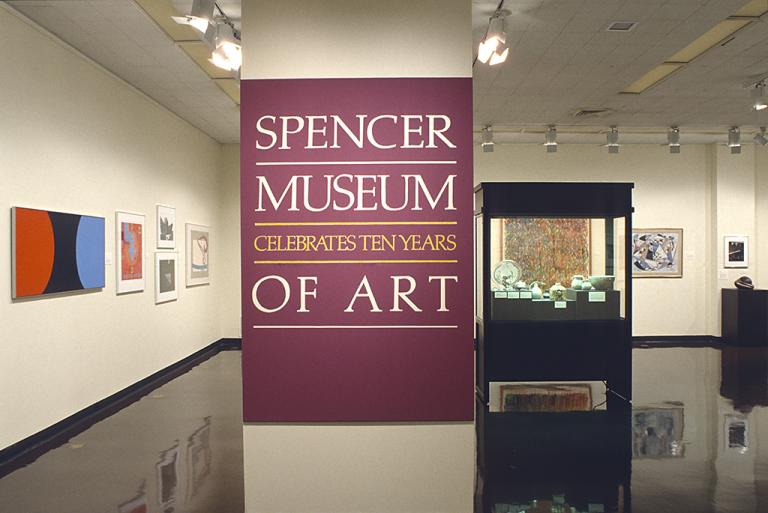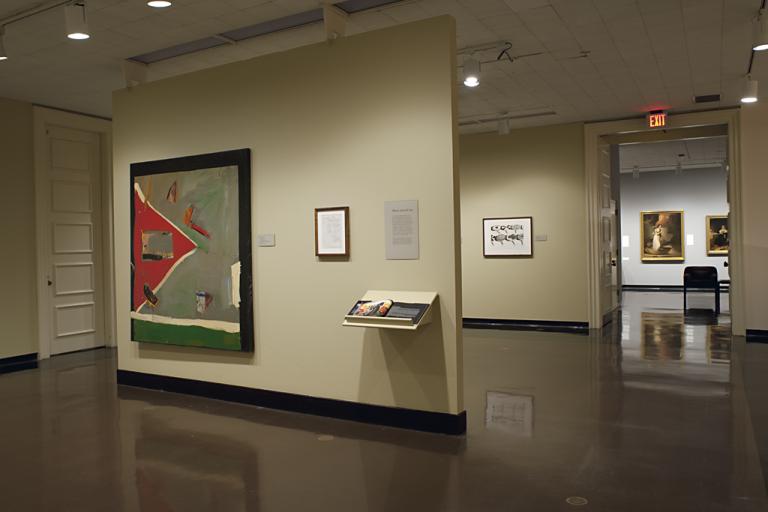Palm, Wayne Thiebaud
Artwork Overview
Wayne Thiebaud, artist
1920–2021
Palm,
1966
Where object was made: United States
Material/technique: paper; pastel
Dimensions:
Sheet/Paper Dimensions (Height x Width): 50.5 x 35.6 cm
Sheet/Paper Dimensions (Height x Width): 19 7/8 x 14 in
Frame Dimensions (Height x Width x Depth): 26 x 20 x 1 in
Weight (Weight): 8 lbs
Sheet/Paper Dimensions (Height x Width): 50.5 x 35.6 cm
Sheet/Paper Dimensions (Height x Width): 19 7/8 x 14 in
Frame Dimensions (Height x Width x Depth): 26 x 20 x 1 in
Weight (Weight): 8 lbs
Credit line: Museum purchase: Gift of Dr. and Mrs. Vernon Branson
Accession number: 1967.0053
Not on display
If you wish to reproduce this image, please submit an image request























